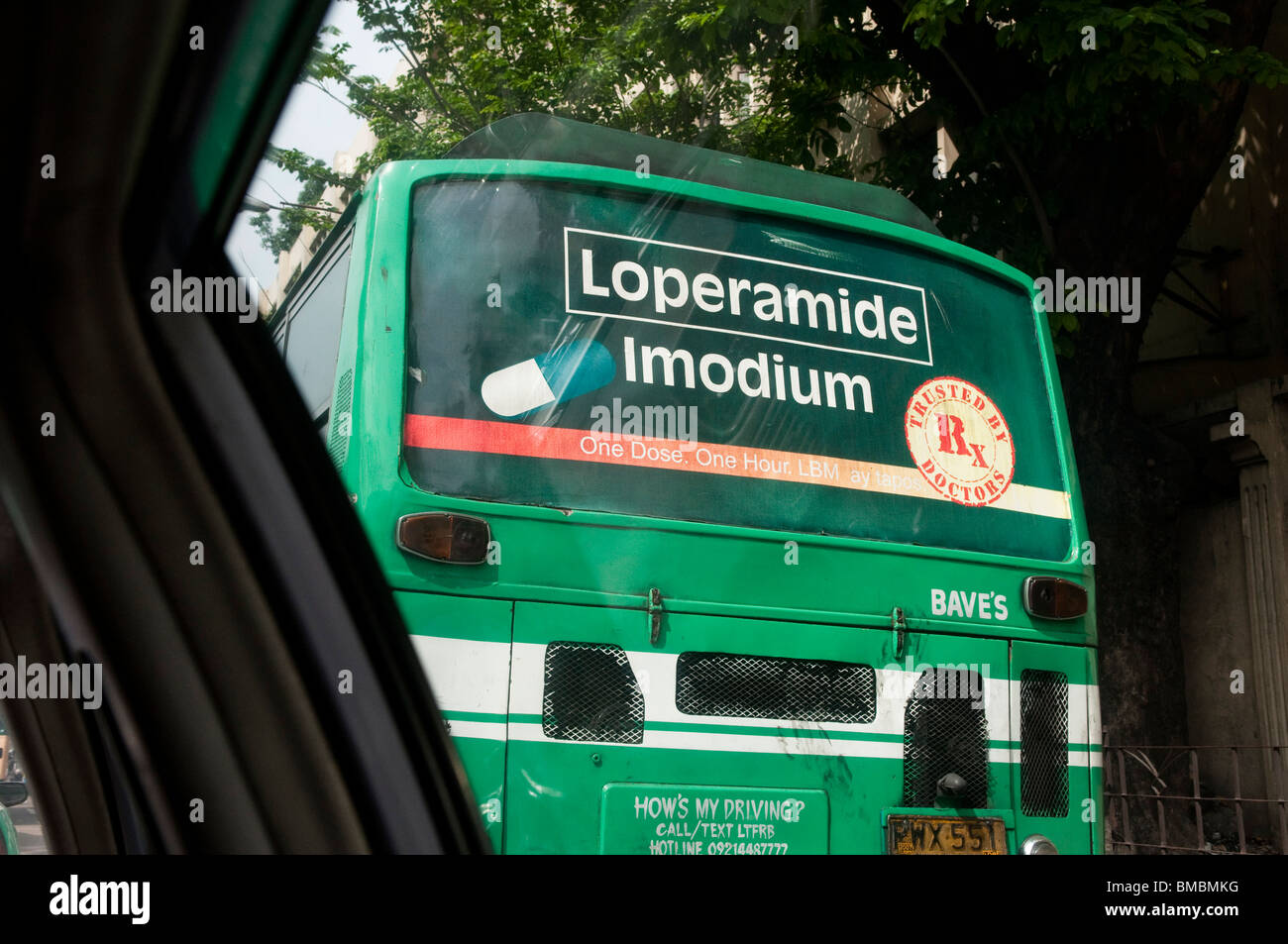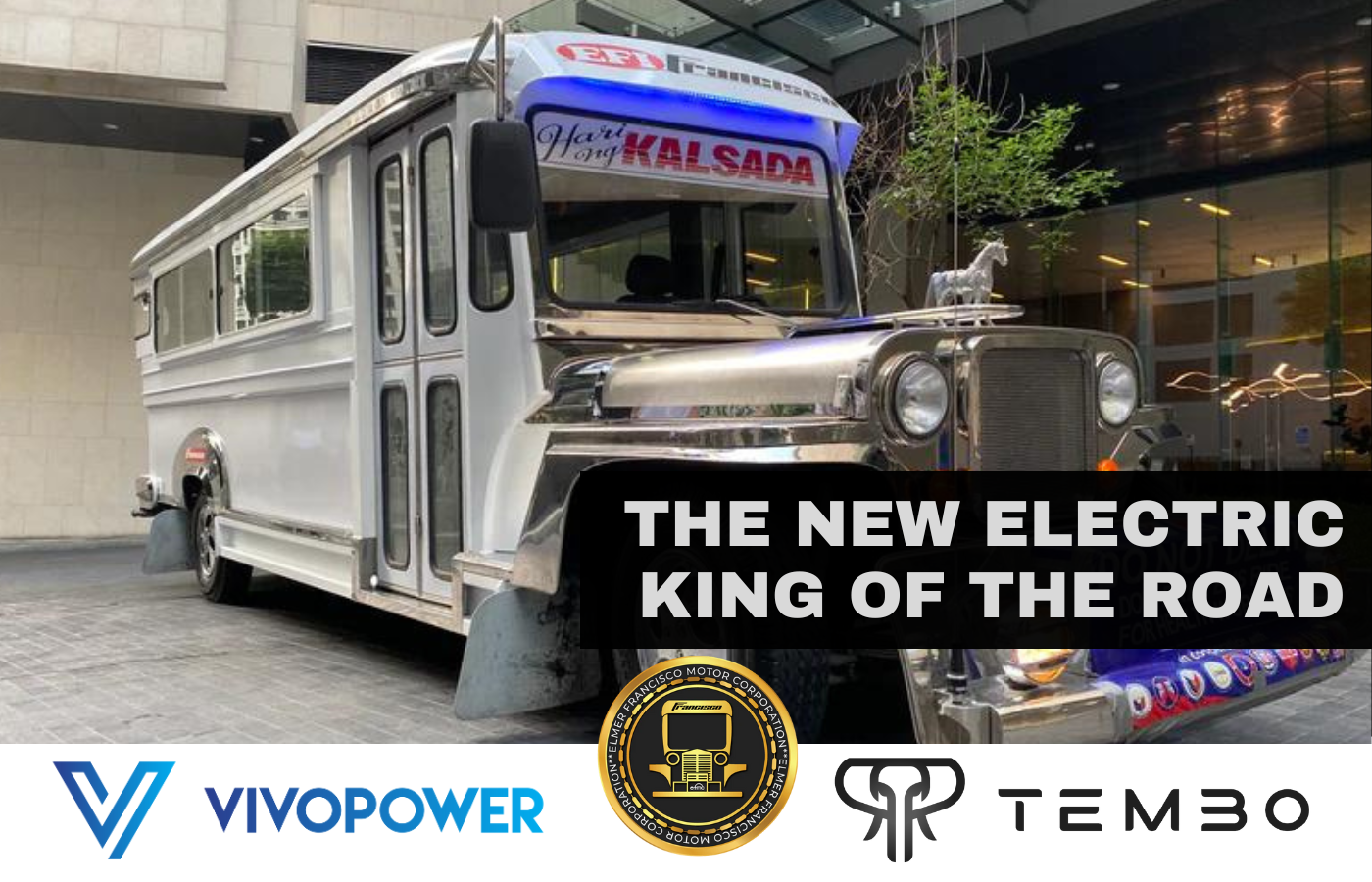Exactly How Transit Advertising Can Transform Public Transport Spaces Into Dynamic Marketing Platforms
Transportation marketing holds substantial possibility to redefine public transport rooms into lively advertising and marketing platforms that educate and involve. By making use of ingenious layouts such as digital display screens and interactive kiosks, brand names can not only reach a varied target market yet also boost the overall traveler experience. This strategy produces an one-of-a-kind chance for brand names to get in touch with customers in a setting that is frequently ignored. As we check out the multifaceted advantages and evolving techniques of transportation advertising and marketing, it elevates the inquiry of exactly how this makeover can redefine our communications with both brand names and the city setting.
Benefits of Transportation Marketing

In addition, transit advertising is highly cost-efficient contrasted to typical media. It enables marketers to accomplish high impressions at reduced costs, making the most of roi. The captive audience of travelers offers an opportunity for brands to communicate their messages to people that are often receptive during their travel times.
Moreover, the dynamic nature of transit marketing permits campaigns to be updated frequently, making sure that messaging stays appropriate and timely. This flexibility can be crucial in replying to market fads or promotional events, maintaining the brand name top-of-mind for consumers. Last but not least, the prevalent presence of transit advertising adds to brand recall; duplicated direct exposure within familiar travel contexts strengthens brand name recognition and cultivates consumer loyalty, eventually boosting and driving sales brand name credibility.
Kinds of Transportation Advertising And Marketing
Public transport systems provide numerous styles for marketing, each catering to various marketing approaches and audience involvement methods. One famous kind is exterior bus and train covers, which cover the entire automobile and create a mobile signboard result, enabling high exposure in metropolitan settings. These covers can catch interest as they pass through hectic roads, getting to a varied audience.
One more popular style is interior advertising, that includes posters, digital screens, and advertisements on transportation seats. These placements engage passengers throughout their trip, reinforcing brand messaging in a constrained area. Digital displays, in particular, supply the benefit of vibrant content, allowing marketers to upgrade messages in real-time.
Terminal advertising is likewise significant, featuring posters, banners, and interactive stands within transit terminals. These advertisements utilize foot web traffic and can target certain demographics based upon location.
Last but not least, marketing partnerships with transit authorities can lead to unique projects, such as themed transportation experiences or occasions, boosting the overall involvement with travelers. Each kind of transportation advertising offers distinct advantages, allowing brands to customize their method to successfully reach their target audience within the general public transport ecosystem.
Involving Travelers Effectively
Travelers are increasingly flooded with advertising messages during their day-to-day journeys, making it vital for brands to engage them in innovative means. To catch attention in this jampacked area, advertisers have to focus on creative thinking and significance. Using eye-catching visuals and concise messaging can considerably boost the possibility of involvement.
Interactive components, such as QR codes or increased truth features, can likewise change fixed ads right into immersive experiences, fostering a much deeper connection with the target market. Brands ought to concentrate on attending to commuters' demands and interests, tailoring messages to resonate with their lifestyle, whether via promos for local organizations or services created to improve their commuting experience.
Additionally, timing plays a crucial duty; purposefully putting advertisements throughout optimal commuting hours can make the most of exposure and impact. Engaging commuters efficiently also involves leveraging social networks combination, enabling guests to share their promotions or experiences straight from transit systems, therefore amplifying brand name reach.
Fundamentally, reliable involvement pivots on comprehending the traveler trip and creating engaging, interactive, and pertinent marketing experiences that not only capture interest but likewise drive activity and commitment. By doing so, brands can transform mass transit into a dynamic advertising and marketing platform that reverberates with its target market.

Measuring Advertising And Marketing Effect
How can brand names accurately examine the effectiveness of their marketing projects en route environments? Gauging the impact of transit advertising calls for a multifaceted method that combines measurable and qualitative metrics. One common method is tracking involvement through mobile analytics, where brand names can examine foot web traffic patterns and app communications previously, throughout, and after campaigns.
Studies can supply useful insights right into brand name recall and consumer view, permitting brands to evaluate just how well their messages reverberate with try this out travelers. In addition, monitoring social networks interaction associated to certain projects can expose shifts in public understanding and brand discussion.

Furthermore, working together with transit companies can enhance measurement accuracy, as they frequently have detailed group information on ridership fads. By integrating these techniques, brand names can create a comprehensive understanding of their marketing efficiency, making sure that their projects not only reach yet additionally impact their target market effectively.
Future Trends in Transportation Advertising
A substantial shift is expected en route advertising as technical innovations and altering customer habits reshape the landscape. Transit Advertising Philippines. The combination of digital screens and multimedias is anticipated to enhance involvement, enabling brand names to provide dynamic content that resonates with diverse audiences. As mass transit systems accept clever innovation, advertisers will leverage real-time data analytics to tailor messages based on traveler demographics and actions
Additionally, increased reality (AR) is positioned to change the method commuters connect with ads. By offering immersive experiences, AR can change a mundane journey into an interesting story that records interest and fosters brand loyalty. This advancement will likely encourage marketers to create even more experiential campaigns that drive customer communication.
Sustainability is one more critical fad affecting transit marketing. As environmental consciousness expands, brand names will progressively look for to align with eco-friendly practices, making use of sustainable products and advertising eco-friendly initiatives within their campaigns.
Conclusion
In final thought, transportation advertising and marketing supplies substantial benefits by enhancing brand name presence and engaging a captive audience. As fads develop, the possibility for ingenious interactions in between brands and commuters is positioned to expand, ensuring that transit advertising stays an important component of modern-day advertising and marketing this content techniques.
Transportation marketing holds considerable possibility to here redefine public transportation areas right into vibrant advertising platforms that engage and educate. The prevalent visibility of transit marketing contributes to brand recall; repeated exposure within familiar travel contexts strengthens brand understanding and cultivates consumer commitment, inevitably driving sales and boosting brand track record.
Just how can brand names precisely examine the performance of their advertising and marketing campaigns in transportation settings?In conclusion, transit marketing offers considerable benefits by improving brand visibility and involving a restricted audience. Transit Advertising Philippines. As fads progress, the possibility for cutting-edge communications in between travelers and brand names is poised to grow, ensuring that transit advertising and marketing remains a crucial component of contemporary advertising and marketing methods